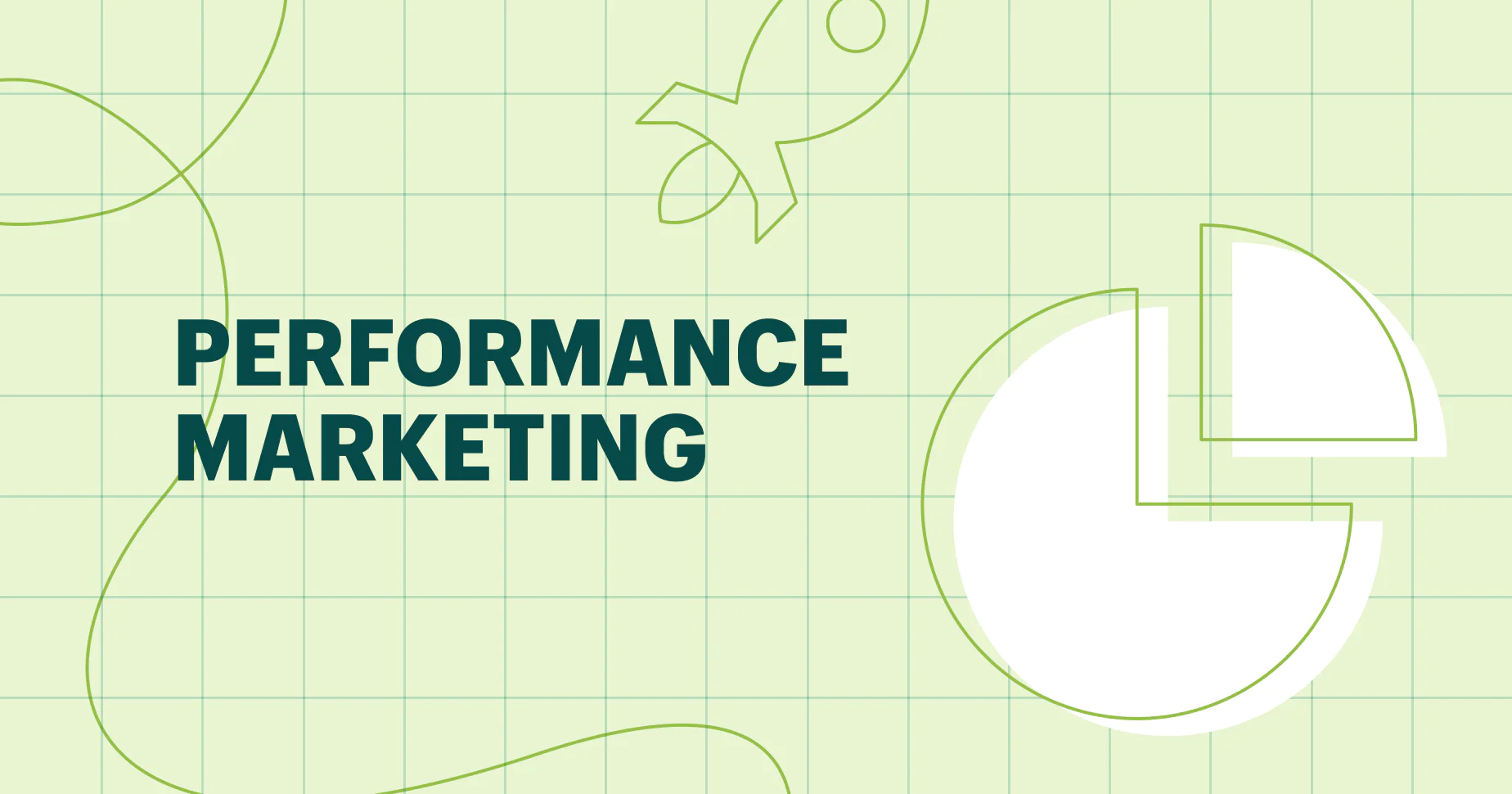
The Power of Hyper-Personalization: How Tailoring Marketing Efforts Can Drive Customer Engagement
With numerous options available to consumers, it’s becoming increasingly challenging to cut through the noise and connect with the right audience. This is where the power of hyper-personalization comes in. By tailoring marketing efforts to the specific needs and preferences of individual customers, businesses can drive higher levels of customer engagement and ultimately, increase their bottom line.
So, what exactly is hyper-personalization, and why is it so important in today’s marketing landscape?
In a nutshell, hyper-personalization is all about delivering a highly customized and targeted experience to each customer, based on their behaviors, preferences, and demographics. This goes beyond simply using a customer’s name in an email or including their recent purchase history in a marketing message. It means leveraging data and technology to create personalized experiences that are unique to each customer, ultimately making them feel understood, valued, and ultimately more likely to engage with a brand.
One of the primary drivers of hyper-personalization is data.
With the rise of digital and social media, businesses now have access to an unprecedented amount of data on consumer behaviors, preferences, and interactions. From website visits and social media engagement to purchase history and customer feedback, businesses can gather a wealth of information about their customers that can be used to tailor marketing efforts in a highly personalized way.
For example, an e-commerce company can use data to track a customer’s browsing and purchase history, and then use that information to recommend related or complementary products. A financial services company can analyze a customer’s spending patterns to offer personalized financial advice and products. And a hospitality brand can use data to create targeted offers and promotions based on a customer’s previous travel preferences and booking history. The possibilities are endless, and the potential for hyper-personalization is vast.
But data alone is not enough. To truly harness the power of hyper-personalization, businesses need the right technology and tools to turn that data into actionable insights and personalized marketing efforts.
This is where advanced customer relationship management (CRM) systems and marketing automation platforms come into play.
These tools can help businesses collect, analyze, and leverage customer data to create highly targeted and personalized marketing campaigns across multiple channels, from email and social media to websites and mobile apps.
In addition to data and technology, hyper-personalization also requires a deep understanding of customers and their needs. Businesses need to take the time to truly understand their target audience, identify their pain points and preferences, and create personalized experiences that resonate with them on a deep level. This might involve conducting customer research, gathering feedback, and using customer personas to better understand different segments of their audience. By doing so, businesses can create personalized marketing efforts that are not only relevant but also highly effective in driving customer engagement.
So, how can hyper-personalization drive customer engagement? The answer lies in the power of relevance and connection. When customers receive personalized marketing messages that speak directly to their needs, interests, and preferences, they are more likely to pay attention, engage with the content, and take action. This can lead to higher click-through rates, increased conversion rates, and ultimately, more loyal and satisfied customers.
Consider the example of a retail company that uses hyper-personalization to send targeted promotions and product recommendations based on a customer’s purchase history and browsing behavior.
By delivering highly relevant and personal offers, the company can significantly increase the likelihood of a customer making a purchase, as they feel understood and valued by the brand. This not only drives immediate engagement and sales but also contributes to long-term customer loyalty and retention.
Furthermore, hyper-personalization can also lead to improved customer satisfaction and advocacy. When customers feel that a brand truly understands and cares about their needs, they are more likely to have a positive experience and recommend the brand to others. This can result in valuable word-of-mouth marketing and organic growth, as satisfied customers become brand advocates and help drive new customer acquisition.
In addition to driving customer engagement and satisfaction, hyper-personalization can also lead to valuable insights and feedback for businesses.
By tracking and analyzing customer interactions and preferences, businesses can gain a deeper understanding of their audience and make data-driven decisions to improve their products, services, and marketing efforts. This creates a virtuous cycle, where personalized marketing leads to better customer experiences, which in turn leads to more valuable data and insights for the business.
However, while the potential benefits of hyper-personalization are clear, it’s important to approach it with caution and respect for customer privacy. With the rise of data privacy regulations and increasing consumer concerns about data privacy and security, businesses need to be transparent and ethical in their use of customer data for hyper-personalization. This means obtaining explicit consent from customers to use their data, being clear about how their data will be used, and taking all necessary steps to protect their privacy and security.







